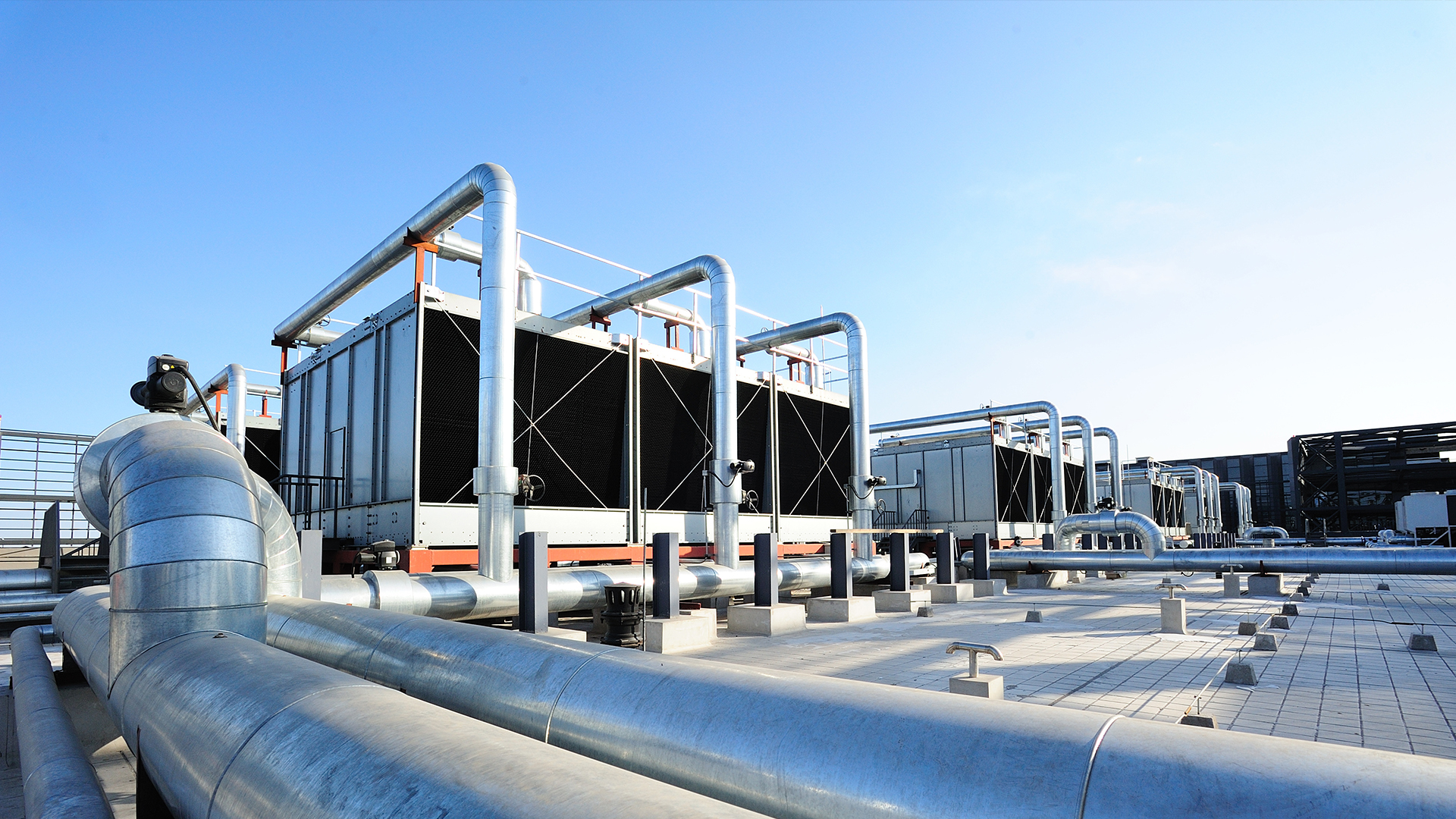Making every drop count: water stewardship in data centres

Data centres are essential to our digital world, providing the infrastructure for storing, processing and transmitting data. However, some of these centres choose to use water for highly energy-efficient cooling of the facility, which saves significant power for cooling the data centre but increases water usage. Although it is difficult to calculate total water usage, data centre water usage in the US alone is estimated to be 1.7 billion litres a day. As the demand for data centres is still on the rise, this water demand is likely to increase as well, which can put a strain on local water supplies. Especially in areas where water is scarce or where there are competing demands for water resources.
Responsible management of water not only ensures business continuity and license to operate but enables the availability of water for future generations as well. The concept behind taking care of water resources is referred to as good water stewardship. Water stewardship is defined as using water in a socially equitable, environmentally sustainable and economically beneficial way. It requires a holistic approach that includes a stakeholder-inclusive process with site and catchment-based actions.
Embedding a water stewardship approach into your corporate strategy and translating these into sustainable water management efforts is an essential next step towards data centre sustainability. In this blog, we will dive into the multiple topics of water stewardship to see how these can support you in your journey towards sustainable water usage from risk assessment, to water efficiency, to water master planning.
Water-related risks
With climate change, economic developments and population growth still on the rise, there is growing pressure on our freshwater resources. With this growing pressure, data centres need to be prepared to address the potential risks associated with water availability due to risks ranging from droughts to water pollution, more stringent regulations or consumer pressure on your business model.
The first step concerning water-related risks is understanding and having an overview of the risks before defining the appropriate actions for your business. Conducting a climate and water risk assessment is an essential first step to understanding which risks are most influential to your assets. This analysis involves identifying potential climate risks and assessing the impact on your data centre’s operations. Understanding these risks will help you to prioritise and move towards context-appropriate actions to reduce risks effectively.
For example, for flood risk, context-appropriate actions may include elevating critical equipment, so flooding won’t affect the critical equipment, developing flood-resistant designs, and implementing a flood response plan.
Want to learn more about what happens when the water is switched off?
Download the articleDownload the article
Water efficiency and water reuse
Both water efficiency and water reuse are critical aspects of sustainable water management in data centres and can help in reducing the water scarcity risks in your facility. They ensure data centres can operate sustainably and cost-effectively.
Similar to the PUE (Power Usage Effectiveness) metric to measure energy efficiency, WUE (Water Usage Effectiveness) has been introduced by the Green Grid and the Climate Neutral Data Centre Pact to measure a site's operational water use. It has now officially been defined in the ISO/IEC 30134 as well. By dividing the Annual Site Water Usage by the IT Equipment Energy used, the WUE can be calculated.
There are multiple ways in which data centres can increase their water efficiency. Impactful ways to reduce freshwater usage in data centre facilities include recycling and the reuse of water and using alternative water supply sources like rainwater or industrial water networks.
Water discharge and legal compliance
Water usage in cooling systems is based on the evaporation of water. In addition to the evaporated water, there is also a water stream that needs to be discharged to protect the facility against the high mineral levels in the water that is left behind.
This requires proper and safe discharge. Discharging water responsibly is important to ensure legal compliance and no harm to the receiving environment. It is important to be informed about the regulatory requirements around water discharge to ensure your data centres are operating under the best available practices.
These regulatory requirements for water discharge usually include limits on the temperature, pH, and chemicals of wastewater discharge. Specific and more stringent requirements for the European Union, for example, are included in the Water Framework Directive. It needs to be ensured that the discharged water does not harm local aquatic life or ecosystems. To meet these requirements, data centres may need to treat the water before discharging it.
Want to learn more about assessing and improving compliance of your wastewater discharges?
Get in touch with our experts
Water master Plan
Creating a comprehensive plan that outlines how your data centre can manage water in a sustainable and efficient manner, incorporating all different aspects, can greatly benefit your company. A Water Stewardship Plan or Water Master Plan can help to set context-appropriate actions at your data centres, monitor and evaluate performance, steer towards continuous improvement and support your reporting requirements towards internal and external stakeholders.Water Stewardship Plans bring together an understanding of water-related risks, effective technology selection, and ensuring legal compliance. It serves as a comprehensive framework to manage a data centre’s water resources sustainably and efficiently, helping data centres to address the challenges of climate change, water scarcity, and their environmental impact.
In conclusion, sustainable water management is crucial for data centres to ensure business continuity, increase business resilience and work towards the data centre of the future. By incorporating water risks, water discharge regulations and water efficiency solutions into an overall water stewardship approach, data centres can significantly reduce their freshwater usage and achieve their sustainability goals.
Royal HaskoningDHV offers a wide range of solutions that can help data centres achieve their sustainability goals. Contact us today to learn more and start your journey towards sustainable water management in your data centre.
